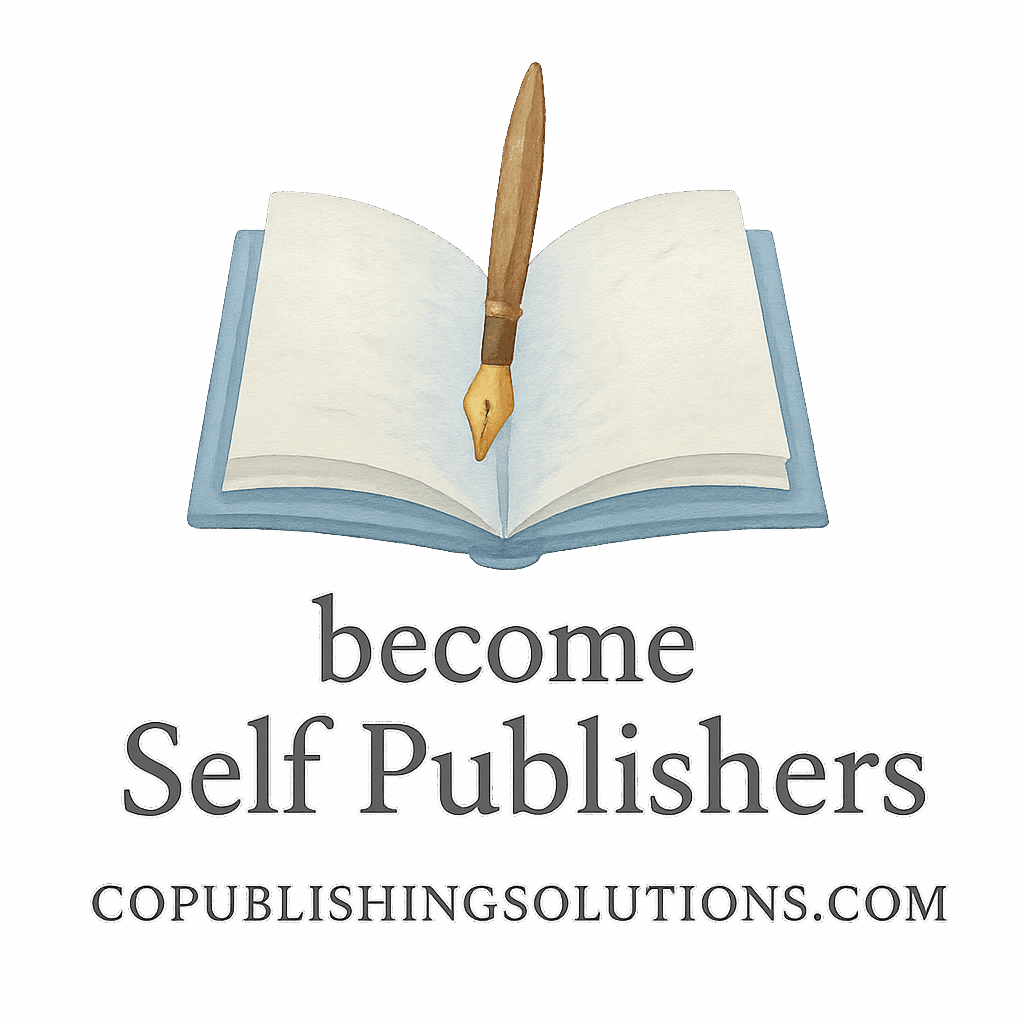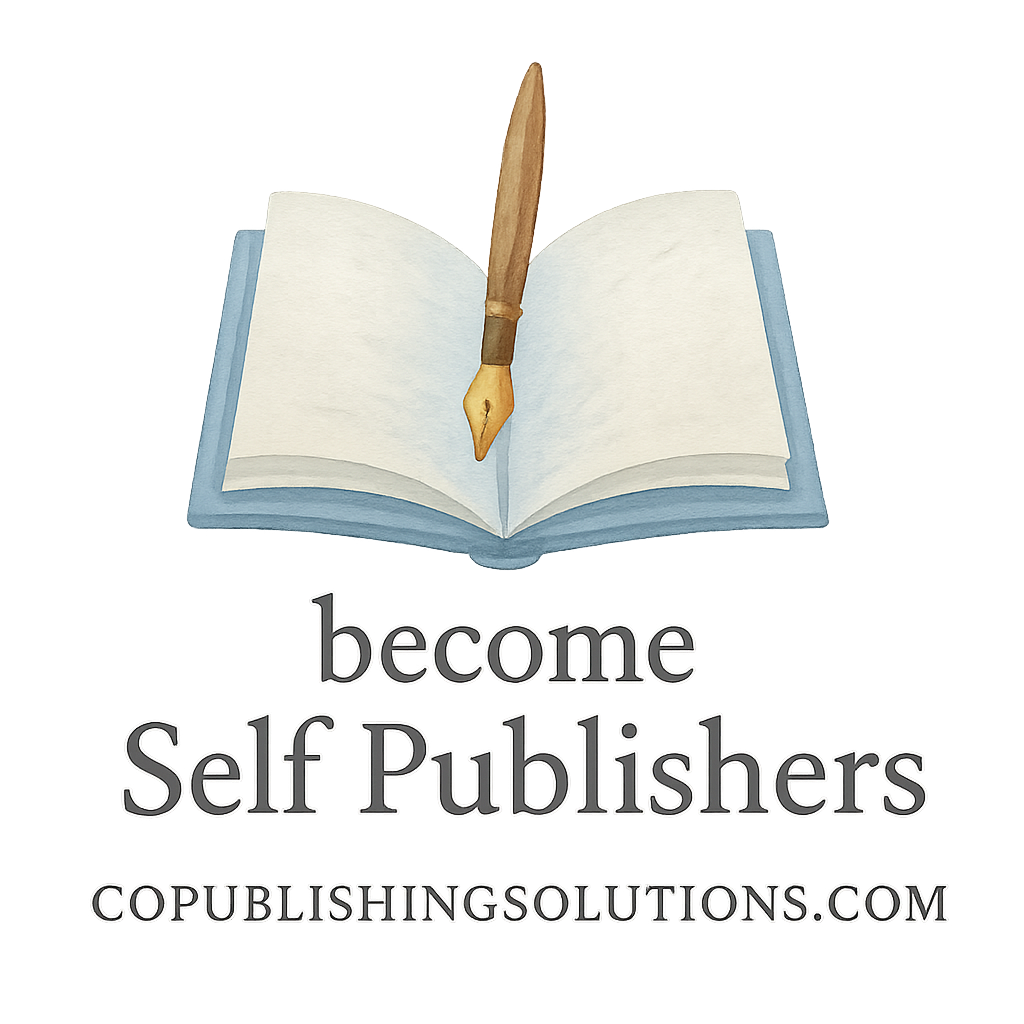Want to hook your readers from the get-go? Then let’s talk about the one piece of writing most authors underestimate: your publishing bio. Whether you’re self-publishing your first novel or launching your tenth non-fiction guide, nailing your bio can be the key to building reader trust, authority, and even boosting book sales.
So, how do you go about writing a great publishing bio that stands out and works hard for you?
Let’s dive in!
Why Your Publishing Bio Matters
Think of your bio as your digital handshake. It’s often the first thing readers, editors, and potential collaborators will see. If your bio feels dull, overly vague, or worse—nonexistent—it might be the very reason someone skips over your book or article.
A well-crafted publishing bio is:
- Your chance to establish credibility
- A subtle way to promote your work
- An important part of your author branding
It’s more than just filler text—your bio is your personal marketing tool.
Tip #1: Know Your Audience
Understand Where Your Bio Will Appear
Your author bio might appear in various places—on your website, Amazon author page, inside your book, or guest articles. Each one might need a slight tweak.
For instance, a publishing bio on your author page might be more formal and include awards or publications, while one in your book might be more relaxed and reader-friendly.
Tailor Your Bio to the Platform
If you’re publishing content on platforms like CoPublishing Solutions, be mindful of the community and tone of the website. Keep it aligned with the type of readers and contributors that frequent that space.
Need help crafting platform-specific bios? Check out Publishing Content Strategy to learn how to adapt your voice and branding across various publishing channels.
Tip #2: Keep It Clear and Concise
Don’t Cram Your Whole Life Story In
You’re a complex, talented person—we get it! But your publishing bio isn’t your autobiography. Readers are looking for a snapshot, not your entire timeline.
Avoid turning your bio into a wall of text. Stick to the highlights and make every word count.
Stick to the Essentials
Focus on who you are as a writer. What genres do you write? Where have you been published? Have you won any awards?
Want to write a compelling short version? Keep it under 100 words and focus on your niche—especially if you’re listed under tags like self-publishing or beginner.
Tip #3: Showcase Your Writing Credentials
Mention Relevant Experience
You don’t need to have a Pulitzer to sound credible. Even if you’re just starting out, mention relevant milestones:
- Previously published works
- Degrees or courses in writing
- Blog readership or niche experience
Being published in literary magazines, working as an editor, or even being a popular blogger in your niche can make you stand out.
Highlight Your Genre and Niche
Let your audience know what you write. Fiction? Self-help? Sci-fi? If you write in a niche, say it loud and proud.
This helps you get discovered in communities aligned with your focus, like book design, formatting, or passive income for authors.

Tip #4: Add a Personal Touch
Humanize Your Bio With Personality
The best bios feel like they were written by, well, a human. Add something personal—a fun fact, a hobby, or your love for chai lattes.
It makes you relatable. And that makes you memorable.
Use Humor or Anecdotes (Where Appropriate)
A touch of humor or a short anecdote can breathe life into your bio. Just don’t overdo it—remember, you still want to sound professional.
Tip #5: Include a Call to Action
Drive Readers to Your Website or Books
What’s the point of a great bio if it doesn’t guide the reader to do something next?
Use your publishing bio to drive action:
- “Check out my latest novel on Amazon”
- “Visit my blog for writing tips”
- “Follow me on Instagram for writing prompts”
For a complete strategy on what to include, explore Marketing & Monetization.
Use Social Proof and Links Wisely
Have you been featured somewhere cool? Got thousands of readers? Mention it—but subtly.
Also, hyperlink strategically, like pointing readers to Advanced Publishing Growth or Self-Publishing Basics.
Tip #6: Update Your Bio Regularly
Keep It Fresh As You Grow
You’re not the same author you were a year ago. Don’t let your publishing bio grow stale.
Update it every time you:
- Release a new book
- Win an award
- Change your genre or niche
Match Your Bio with New Releases
Launching a new series? Mention it in your bio. Make sure your readers always know what’s new and exciting.
And if you’re co-authoring, explore tips at Co-Authoring & Collaboration.
Common Mistakes to Avoid in a Publishing Bio
- Writing in third person inconsistently
- Using too many buzzwords or clichés
- Making it too long or too short
- Forgetting to proofread
- Not including any contact or call-to-action
Avoiding these pitfalls makes your bio sharper and more professional.
Examples of Strong Publishing Bios
Here’s a quick breakdown:
Fiction Example:
“Jane Rivers writes heartwarming historical fiction with a touch of mystery. Her debut novel, The Lantern’s Keeper, was a 2023 Book of the Year finalist. When she’s not writing, Jane is sipping tea or rescuing cats in the English countryside.”
Non-Fiction Example:
“Mike Lin is a self-publishing coach and content strategist with over a decade of experience helping authors build profitable platforms. Explore more of his guides at CoPublishing Solutions.”
Tools to Help You Write a Bio
AI Writing Assistants and Templates
Tools like ChatGPT (👋) or Jasper can give you a starting draft. Just be sure to personalize it!
Explore formatting templates at Publishing Tools & Platforms.
Formatting Tools and Checkers
Use Grammarly, Hemingway Editor, or Wordtune to clean up your writing and keep it punchy.
How a Strong Bio Can Boost Book Sales
Yes, your bio can actually help sell more books. Why? Because it builds trust.
When readers connect with your story or personality, they’re more likely to:
- Buy your book
- Follow your journey
- Share your work with others
And if your bio links to your back catalog or blog, that’s more traffic—and potentially more income. Learn how to monetize your words wisely.
Conclusion: Your Bio Is Your Brand
At the end of the day, writing a great publishing bio is about blending professionalism with personality. It’s not just a description—it’s a connection.
Treat your bio like you’d treat your book blurb: craft it carefully, tweak it often, and make sure it reflects the best version of your writing identity.
Don’t let it be an afterthought. Let it be the thing that draws readers in before they ever crack open your first page.
FAQs
1. How long should a publishing bio be?
Ideally between 50–150 words depending on the platform. Shorter for books, longer for websites.
2. Should my bio be in first or third person?
Third person is standard for professional bios, but first person works for blog-style or informal contexts.
3. Can I include links in my publishing bio?
Absolutely! Link to your website, book pages, or your author tag.
4. How often should I update my bio?
Every 6–12 months or whenever you have major writing updates.
5. Is humor appropriate in a publishing bio?
Yes, if it matches your genre and voice. Just don’t force it.
6. Should I include personal details?
Yes, but keep it relevant. One or two fun personal facts make you more relatable.
7. Where can I get help crafting a publishing bio?
Start with the tips here and explore more tools and strategies at CoPublishing Solutions.


